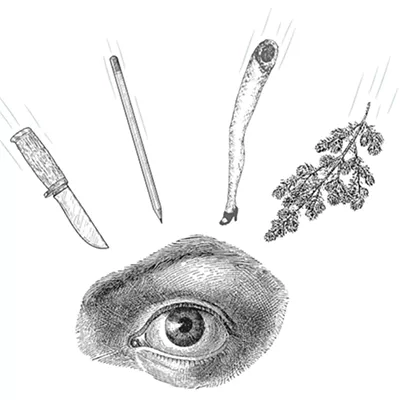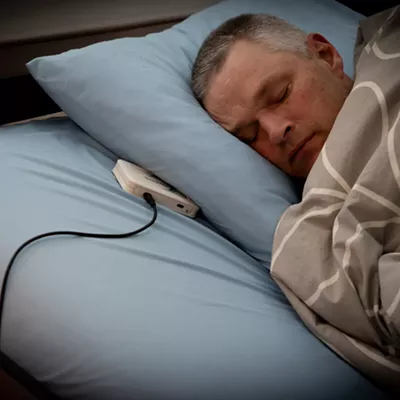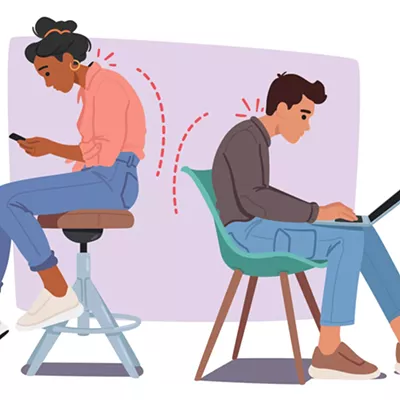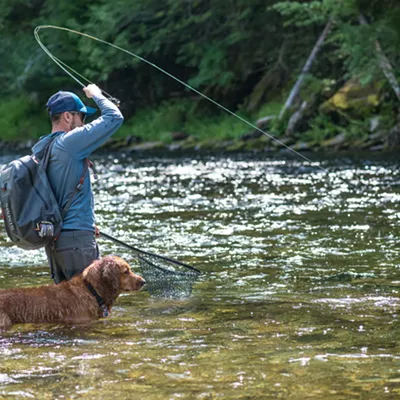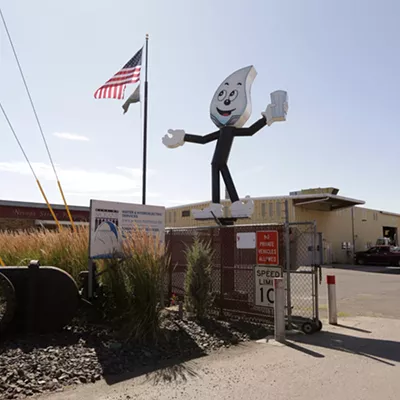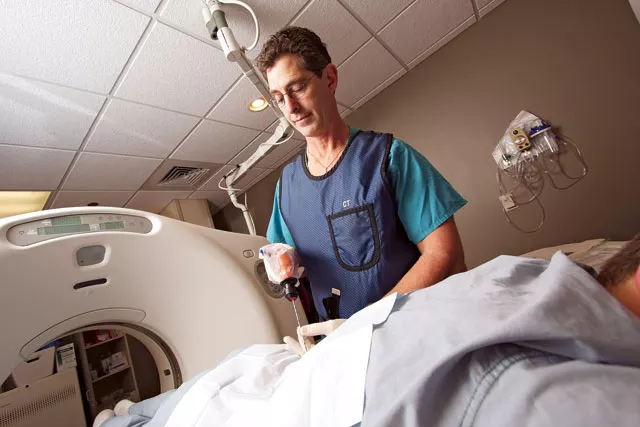
There’s a lot you can learn from a just a little bit of bone. Peer into it under a microscope and the shape and structure can tell a pathologist about malignancies, about deficiencies, about cancer.
Kenneth Symington, radiologist with Inland Imaging at Holy Family Hospital, would like to borrow a bit of yours.
And today, he holds in his hands a tool to do that faster than ever before.
First, let’s explore the way things used to be, the way things used to happen, the way it’s worked with very few changes for the past 50 years.
It starts with a very large needle. It’s a diagnostic needle — with a razor-sharp point and a hollow center. To get to the marrow, the doctor has to pass through the rock-hard outer layer of bone, the part that receives the brunt of the soccer cleat. It takes a hammer to pound the needle through that first layer. A scan is used to measure the distance the needle should go, preventing him from pushing through the other side.
Then, to bore down further, the doctor has to crank, crank, crank: 100, 200, 250 times — until the doctor sometimes ends up with a blister on his hand. Ideally, then, the doctor could pull up the plunger, and suck up the bone sample.
If they’re lucky the sampling process could take five minutes. Sometimes it can take an hour.
The worst part?
Many times, the sample’s no good. Maybe it’s degraded by the drilling process. Maybe it’s too hard, maybe it’s too bloody and soft. Worse, maybe the plunger doesn’t pick up the bone at all. “You would pull it out, you would have nothing,” Symington says. “The bone would stay behind.”
For the average radiologist, getting a good biopsy would take two attempts, maybe three.
“Sometimes they get frustrated and say, ‘That’s the end of that,’” Symington says.
Enter the OnControl Aspiration system.
If the old device was an auger, OnControl is a power drill. Literally. It looks like a small, sleek, sculpted orange power drill. The drill bit bores into the very outer part of the bone shell. The drill is removed, the center of the needle is removed, and then the drill returns to drilling through the bone. Once the needle is pulled out and the plunger is pulled — voila — sample.
And what a sample. “Wow!” Symington says, quoting a fellow doctor reacting to testing the device for the first time. “Look at the specimen.”
The plugs of bones that the drill produced were larger and cleaner than ever before.
“It’s like driving a little Volkswagen Bug, and then someone gives you a Mercedes to drive,” Symington says.
Fortunately, the battery in the device is reusable. You can get 300 uses out of one device. One will last an entire year.
“My takeaway is this is the best biopsy needle we’ve ever used for bones,” Symington says. “They’re much faster. We get an answer much more accurately. It’s a safer procedure because you don’t make additional passes. The fewer passes you make, the better off you are.”
So why does this new technology matter? It’s more convenient for the doctor, easier on the patient. And faster usually means cheaper.
“I believe this is a cost-saving device,” Symington says. “I just can’t quantify it.”
Symington predicts the new biopsy tool will spread rapidly throughout the medical community. It could revolutionize getting bone samples easily for stem cell research.
And the speed also gives another advantage: It just may save lives.
Sometimes in the ambulance, or in the emergency room, it’s crucial to place an IV tube to replenish fluids or blood. But try as the physician might, he or she can’t seem to find the vein. Maybe it’s a child, and the veins are small. Maybe the patient is in shock, so the veins have essentially disappeared.
But time is running out. A physician may be forced to stick the IV through the bone into the marrow instead. That’s not an easy task when it needs to be manually injected.
“In 1983, I started working on an Indian reservation,” Symington says. He talks about how he’d have to hammer in 14-inch needles in lieu of IVs in an attempt to save children. Still, “We had more kids die than adults, of Third World problems,” Symington says. “Now we have an automatic drill type of thing that’s doing the same thing,” he says. “That’s going to save a huge number of lives.”



